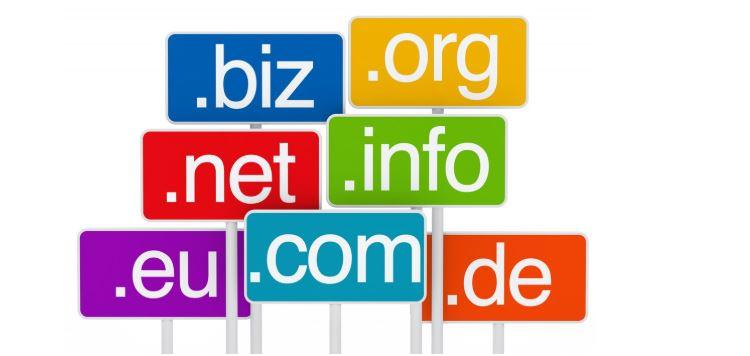What is CTLD?
What is a CTLD?
A CTLD, or Country-Code Top-Level Domain, is a type of domain extension that’s assigned to a specific country or territory. These are the two-letter endings you often see on websites, like .uk for the United Kingdom, .jp for Japan, or .de for Germany. Each country is given its own code based on the ISO 3166-1 standard, and that becomes its official CTLD.
How CTLDs Are Used
CTLDs are commonly used by individuals, businesses, or organizations that are located in, or want to target, a specific country. For example, a company operating in Canada might choose a .ca domain to show it’s local. Many government websites also use CTLDs — for example, the UK government uses .gov.uk.
Who Controls CTLDs
Each CTLD is managed by a registry that’s approved by the country’s government or internet authority. These registries handle the rules, registration process, and any disputes related to domains using that extension. Some countries have strict rules — like only allowing citizens or local businesses to register — while others are more open.
Not Just for Local Use
Even though CTLDs are meant for country-specific use, some of them have become popular worldwide for branding reasons. For example, .io, which is actually for the British Indian Ocean Territory, is widely used by tech startups. Similarly, .tv (Tuvalu) is used by streaming platforms, and .ai (Anguilla) is popular with artificial intelligence companies. These are technically CTLDs, but they’re marketed globally because of how relevant their abbreviations are.
Why You Might Want One
Choosing a CTLD can help your website appear more local to search engines and users in a specific country. It also shows visitors that your business or content is focused on that region. For example, a bakery in London might benefit more from bakery.co.uk than bakery.com because local customers are more likely to trust a domain with a familiar ending.
In Summary
CTLDs are domain endings that represent countries. They’re used for local identity, branding, and even global marketing in some cases. While they might seem technical at first, they’re just another option when you’re picking a domain name — and sometimes, they’re the best one.


